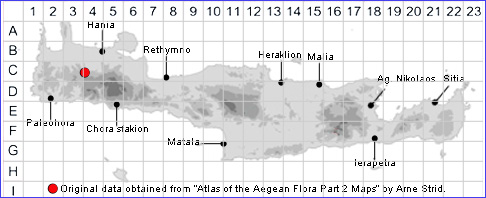SPECIES DESCRIPTION
MELILOTUS ALBUS
Family and Genus:- See- LEGUMINOSAE
Common Names:- White melilot
Homotypic Synonyms:- None
Meaning:- Melilotus (Gr) Honey-clover. A name used by the Greek academic
Theophrastus and refers to melilot's attractiveness to honeybees.
Albus (L) Bright, dead-white.
General description:- Erect subglabrous, annual or perennial.
Stems:-
1) 50-150 cm with slender branches.
Leaves:-
1) Leaflets, narrowly elliptical, shallowly serrate.
2) Stipules, setaceous, entire.
Flowers:-
1) Numerous, short-pedicellate in slender, lax, racemes 4-12 cm.
2) Corolla, 4-5 mm, white:
a) wings and keel, shorter than the standard.
Fruit:-
1) Legume, 3-5 mm, ellipsoid to obovoid, reticulately or transversely veined,
glabrous.
Key features:-
1) Corolla, white.
2) Raceme, not very dense.
Habitat:- Roadsides, fallow fields, deciduous scrub 0-800 m.
Distribution:- Fairly common N & C Mainland Greece. a widespread Euro-Siberian
species, frequently introduced elsewhere. Rare on Crete currently known from only
one location.
Flowering time:- Mainly May-July.
Photos by:- Uta Vrasna

